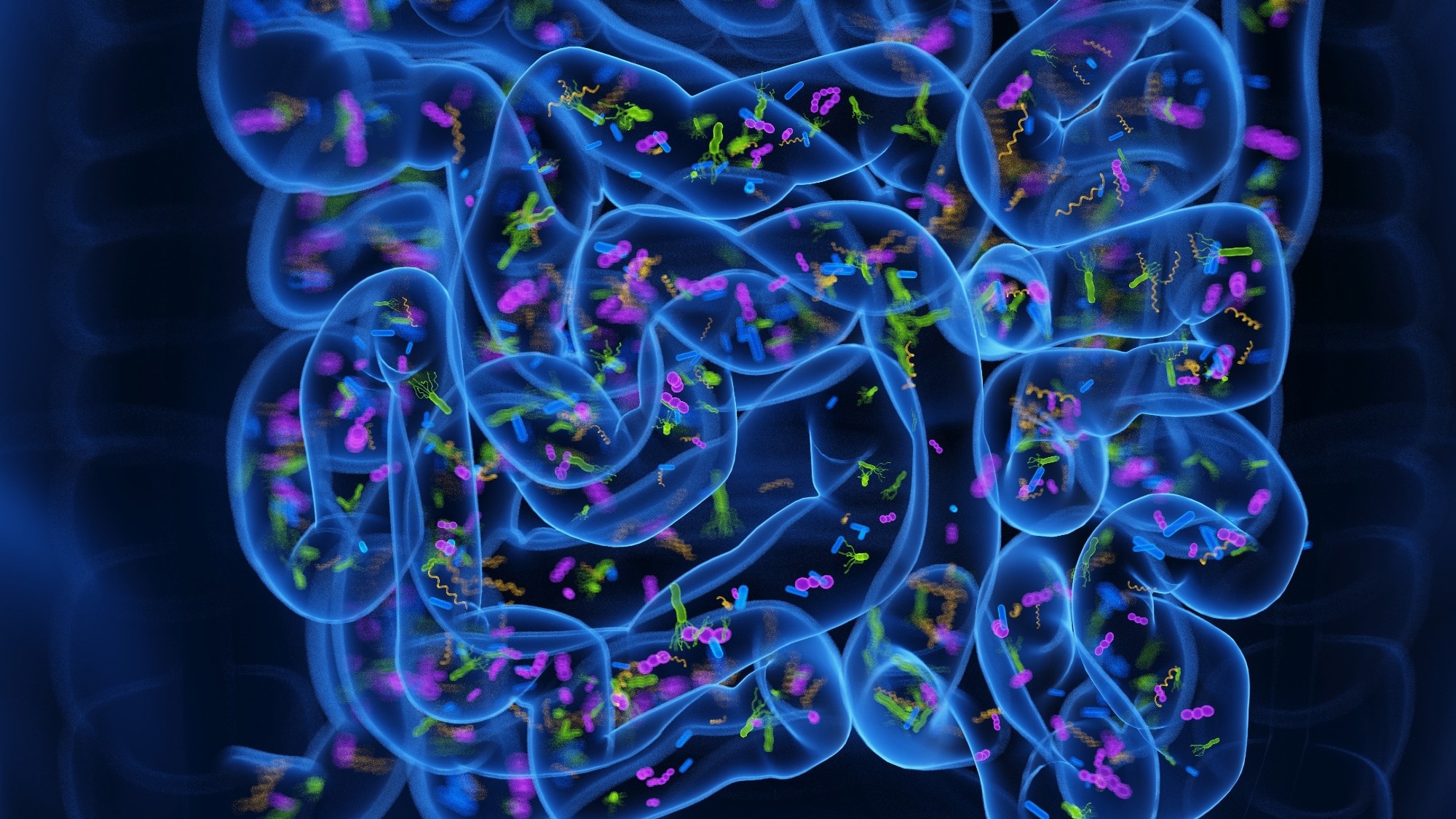Several studies have indicated the importance of gut microbes in maintaining human health. These microbes are also associated with fundamental physiologic processes, such as aging, drug response, nutrition, and pathophysiologic states (e.g., cardiovascular, metabolic, oncologic, neurological, and autoimmune diseases). To better understand the causal effects between gut microbes and disease outcomes, a high-resolution identification of microbes in the human gut is necessary to formulate effective interventions to prevent or cure diseases.
 Study: Reconstructing the landscape of gut microbial species across 29,000 diverse individuals. Image Credit: SciePro / Shutterstock
Study: Reconstructing the landscape of gut microbial species across 29,000 diverse individuals. Image Credit: SciePro / Shutterstock
Background
The whole-genome shotgun sequencing (WGS) technique can be used to map microbial species. However, this technique requires deep sequencing coverage and extensive computational work, which preclude its application on population-scale samples comprising tens of thousands of individuals.
Human microbiomes across diverse populations could be studied using the 16S amplicon sequencing technique. This technique uses PCR to amplify and sequence hypervariable regions of bacterial 16S rRNA genes. Amplicon sequencing data are processed through common pipelines, such as Mothur, QIIME2, and DADA2, coupled with computational reconstruction. A taxonomic assignment is carried out by constructing a phylogenic tree using databases such as Greengenes, RDP, and SILVA.
The 16S sequencing technique helps detect the changes in microbial diversity across human phenotypes. Importantly, it enables the identification of vital components of the human genome at the family or genus level. However, this technique fails to differentiate microbes at a finer species level, for which it cannot be used for mapping microbial sequences at the species level.
The advancement in molecular sequencing techniques has led to an exponential increase in the availability of fully sequenced gut microbial isolates. More than one 16S gene is present in the genomes of several individual microbial strains, which reveals copy number variation of the 16S hypervariable regions. Considering these findings, a recent study hypothesized that this microbial variation could be considered to identify finer differentiation of 16S amplicon data. This would enable strain level mapping, which was previously not possible.
A New Study
A recent Nucleic Acids Research study developed a Reference-based Exact Mapping (RExMap) database of 16S hypervariable region variants and their copy numbers. This database was derived from more than 170,000 genomes of microbial isolate strains obtained from the NCBI Genome database. This study used the RExMap database to map microbes at the species level.
Many microbial strains of the RExMap database share similar 16S hypervariable regions and copy numbers. They introduced the term ‘Operational Strain Unit’ (OSU) for those strains that cannot be differentiated based on 16S hypervariable regions alone. Interestingly, OSUs contain not only related microbial strains but also phylogenetically distant microbes, which could be due to the horizontal gene transfer of the 16S gene or incorrect taxonomic assignment.
The RExMap links sequences from biological samples to precisely match microbial strains and help in experimental validation. In addition, it can re-analyze the existing 16S data with large-scale meta-analyses and homogenization of sequencing data. This approach has enabled the development of a detailed landscape of the human gut microbiome accounting for tens of thousands of unique microbes.
The current study used RExMap to re-analyze the existing human gut microbiome 16S data from 29,349 individuals obtained from ten studies conducted in sixteen different regions of the world.
Study Findings
A RExMap analysis of 16S microbiome data was able to capture around 75% of the species detected using WGS at less than 1% of sequencing depth. This approach avoids taxonomic assignments and focuses on the exact or close matching of 16S amplicon sequences present in the RExMap database. The current study observed that human gut microbes differ across world regions. Notably, some gut microbes are abundantly found in a specific region.
A core set of fifteen microbes were found to be highly conserved across all humans irrespective of their geographical region, host genetics, demographics, diet, environment, and lifestyle. These microbes play a vital role in the host’s metabolic homeostasis. Typically, core microbes establish themselves in the guts of infants and are sustained throughout life, with differential abundance. The prevalence and abundance of core microbes were validated through a whole-genome indexing-based approach, i.e., WGS and Kraken2.
Several microbes belonging to the phylum Bacteroidetes, such as Prevotella copri and Bacteroides species, were not correlated to a particular region. Eubacterium rectale and Faecalibacterium prausnitzii are two core microbes that are associated with a specific diseased state. Oscillibacter sp. ER4, Fusicatenibacter saccharivorans, Blautia faecis, Romboutsia timonensis, and Anerostipes hadrus are core microbes that are linked to host physiology.
Conclusions
The RExMap-based analysis has several limitations, including its reduced mapping capacity of microbial species present in niches with few strains, such as aquatic and soil ecosystems. In addition, there is a limitation in mapping microbes that lack full 16S or genomic sequence. However, the RExMap database is continually updated by end users by adding new microbial genomes as per the availability.
The current study concluded that human gut microbes segregate between the Westernized and non-Westernized regions. Distinct microbial species and strains were identified that are unique to particular geographic regions. In addition, a set of core microbes were discovered at species levels that are commonly shared amongst humans, independent of lifestyle, environment, or geographic regions. These microbes are typically established at birth and are associated with nutritional metabolism.
Journal reference:
- Segota, I. et al. (2023) Reconstructing the landscape of gut microbial species across 29,000 diverse individuals. Nucleic Acids Research. gkad249. https://doi.org/10.1093/nar/gkad249, https://academic.oup.com/nar/advance-article/doi/10.1093/nar/gkad249/7127541?login=false